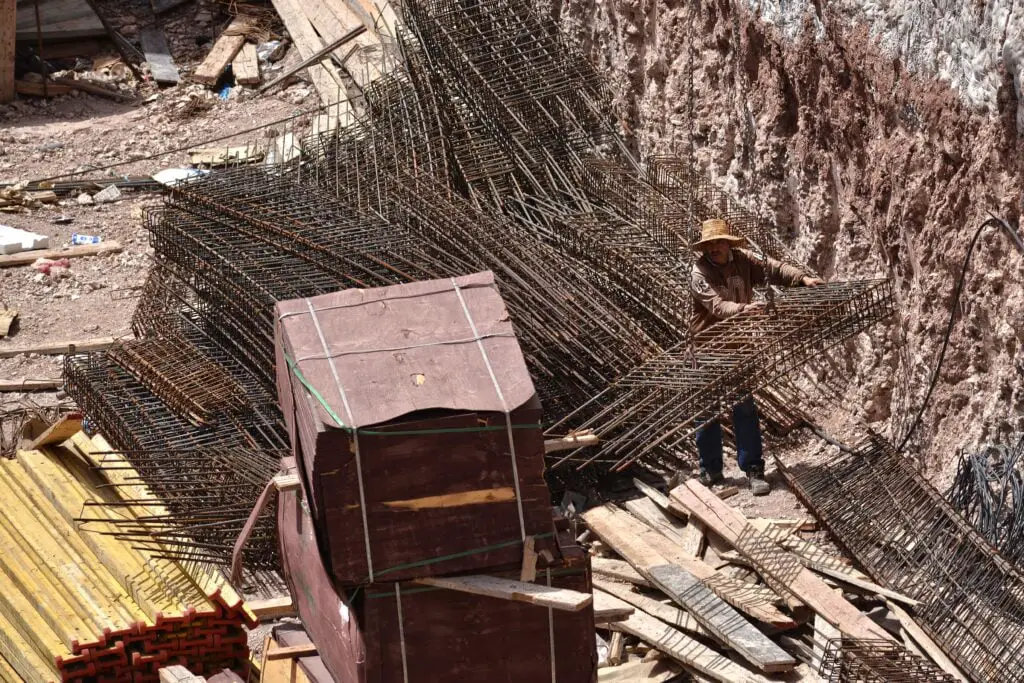The construction industry in the Philippines is experiencing an unprecedented boom, driven by a surge in infrastructure projects, real estate developments, and urbanization.
However, this remarkable growth is accompanied by a significant challenge—the continuous increase in the prices of construction materials.
This article delves into the factors contributing to this upward trend, its impact on various stakeholders, and potential strategies to address the issue.
Factors Driving the Increase:
- Global Supply Chain Disruptions: The Philippines heavily relies on imported construction materials. Recent disruptions in the global supply chain, exacerbated by events like the COVID-19 pandemic and geopolitical tensions, have led to shortages and increased transportation costs. These challenges have a direct impact on the prices of materials such as steel, cement, and timber.
- Rising Energy Costs: The construction industry is energy-intensive, and any fluctuation in energy prices directly affects the cost of manufacturing and transportation of construction materials. With the global shift towards sustainable practices and the rising costs of conventional energy sources, manufacturers are compelled to adjust their pricing, adding to the overall increase.
- High Demand and Limited Production Capacity: The surge in construction activities has outpaced the production capacity of local suppliers. High demand for materials like concrete, steel, and aggregates has led to a situation where the supply struggles to keep up. This demand-supply imbalance is a fundamental driver of the escalating costs.
- Government Regulations and Taxes: Regulatory policies and taxation also contribute to the rising costs of construction materials. Tariffs, taxes, and compliance requirements can add a substantial burden to manufacturers, forcing them to pass on the increased costs to consumers.
Impact on Stakeholders:
- Developers and Investors: Rising construction material costs pose a considerable challenge for developers and investors, affecting project feasibility and profitability. It may lead to delays in project completion and, in some cases, the shelving of planned developments.
- Homebuyers and End-users: The increasing costs of construction materials translate to higher property prices, making it more challenging for individuals and families to afford homes. This trend has implications for housing affordability and may contribute to a housing backlog in the country.
- Construction Workers: Construction workers, while benefiting from the industry’s growth, face challenges when increased material costs lead to project delays or cancellations. This situation can result in job insecurity and wage stagnation.
Addressing the Issue:
- Investment in Local Production: Encouraging and incentivizing local production of construction materials can help mitigate the impact of global supply chain disruptions. This involves supporting local manufacturers and ensuring they have the capacity to meet the growing demand.
- Policy Reforms: Governments can revisit and reform existing regulations and taxes to create a more conducive environment for the construction industry. Strategic policies aimed at reducing the bureaucratic burden on manufacturers may help stabilize prices.
- Promotion of Sustainable Practices: Encouraging the use of sustainable and locally sourced materials can contribute to both cost reduction and environmental conservation. This involves promoting eco-friendly construction practices and materials.
- International Collaboration: Engaging in international collaborations and partnerships can help secure stable and cost-effective sources of construction materials. Negotiating favorable trade agreements and strengthening ties with key suppliers can enhance the resilience of the construction industry.
Conclusion:
The Philippines’ construction industry is at a crossroads, grappling with the challenges of a rapidly growing demand for materials amid global uncertainties.
While the obstacles are formidable, strategic interventions and collaborative efforts can pave the way for a sustainable and affordable construction landscape.
As stakeholders work together to address the root causes of the continuous increase in construction material prices, they can create an environment conducive to continued growth and prosperity in the industry.
To see other material construction prices, please see here.
To know other construction guides, tips, and methodology for beginners, veterans, and contractors, please see here.

